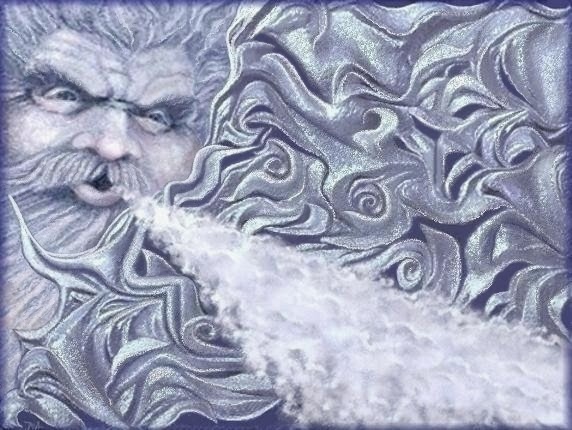Facts about Fire
Home Fires
•U.S. fire departments respond to an average of one home fire every 86 seconds.
•Between 2011 and 2015, U.S. fire departments responded to an average of 358,500 home structure fires per year. These fires caused 12,300 civilian injuries, 2,510 civilian deaths, and $6.7 billion in direct damage.
•On average, seven people per day die in U.S. home fires.
•Cooking is the leading cause of home fires and home-fire injuries.
•For decades, smoking has been the leading cause of home-fire deaths.
•Heating equipment was involved in one in every five home-fire deaths.
Escape Planning
•According to an NFPA survey, only one in every three American households has actually developed and practiced a home fire-escape plan.
•While 71% of Americans have an escape plan in case of a fire, only 47% of them have practiced it.
•One-third of American households who made an estimate thought they would have at least six minutes before a fire in their home became threatening. The time available is often less. And only eight percent said their first thought upon hearing a smoke alarm would be to get out.
Smoke Alarms
•Smoke alarms provide an early warning of a fire, giving people additional time to escape.
•Working smoke alarms cut the risk of dying in a reported home fire in half.
•Three in every five home-fire deaths result from fires in homes with no smoke alarms (38%) or no working smoke alarms (21%).
•When smoke alarms fail to operate, it is usually because batteries are missing, disconnected, or dead. Dead batteries caused one-quarter (24%) of the smoke alarm failures.
•Interconnected smoke alarms throughout the home increase safety. When one sounds, they all sound. It is especially important to have interconnected alarms if you sleep with the door closed.
Cooking
•Between 2011 and 2015, U.S. fire departments responded to a per year average of 170,200 home structure fires that involved cooking equipment. These fires caused a per year average of 510 civilian deaths, 5470 civilian injuries, and $1.2 billion in direct property damage.
•From 2011 to 2015, U.S. fire departments responded to an average of 466 home cooking fires per day.
•Cooking is tied for the second leading cause of home fire deaths.
•Unattended cooking is the leading factor contributing to these fires. Frying poses the greatest risk of fire.
•Ranges, or cooktops, accounted for the majority (62%) of home cooking-fire incidents. Ovens accounted for 13%.
•More than half of all cooking-fire injuries occurred when people tried to fight the fire themselves.
•Thanksgiving is the peak day for home cooking fires, followed by the day before Thanksgiving, Christmas Day, Easter, and Christmas.
Heating
•From 2009 to 2013, U.S. fire departments responded to 56,000 home structure fires that involved heating equipment. These fires caused 470 civilian fire deaths, 1,490 civilian injuries, and $1 billion in direct property damage.
•The leading factor contributing to home-heating fires (30%) was a failure to clean. This usually involved creosote buildup- in chimneys.
•Most home-heating fire deaths (84%) involved stationary or portable space heaters.
•Nearly half (49%) of all home-heating fires occurred in December, January, and February.
Home Fire Sprinklers
•Fire sprinklers reduce the risk of dying in a home fire by 80% and reduce the risk of property loss by 70%.
•Fire sprinkler installation in new homes is cost effective, averaging 1-2% of a home’s total construction cost.
•Only the sprinkler closest to the fire activates, preventing the spread of deadly toxic smoke and fire.
•Home fire sprinklers protect lives by keeping fires small. Sprinklers can reduce the heat, flames, and smoke produced in a fire, allowing people more time to escape.
•Home fire sprinklers activate on an individual basis. Only the sprinkler closest to the fire will activate, spraying water on the fire and not the rest of the home.
•A home fire sprinkler can control or put out a fire with a fraction of the water that would be used by fire department hoses.
•Accidental sprinkler discharges are rare.
This content was reproduced from NFPA's Fire Prevention Week website, www.firepreventionweek.org. © 2018 NFPA






 Living in Indiana, you know weather can be somewhat unpredictable. Extreme temperatures, snow and ice are always a possibility during the winter months. The safest way to deal with is extreme weather conditions is to be PREPARED. Hoosiers should stay abreast of weather conditions and be ready for anything Old Man Winter throws our way. In the event of an emergency consider having an Emergency Kit on hand stocked with several days’ worth of supplies.
Living in Indiana, you know weather can be somewhat unpredictable. Extreme temperatures, snow and ice are always a possibility during the winter months. The safest way to deal with is extreme weather conditions is to be PREPARED. Hoosiers should stay abreast of weather conditions and be ready for anything Old Man Winter throws our way. In the event of an emergency consider having an Emergency Kit on hand stocked with several days’ worth of supplies.
